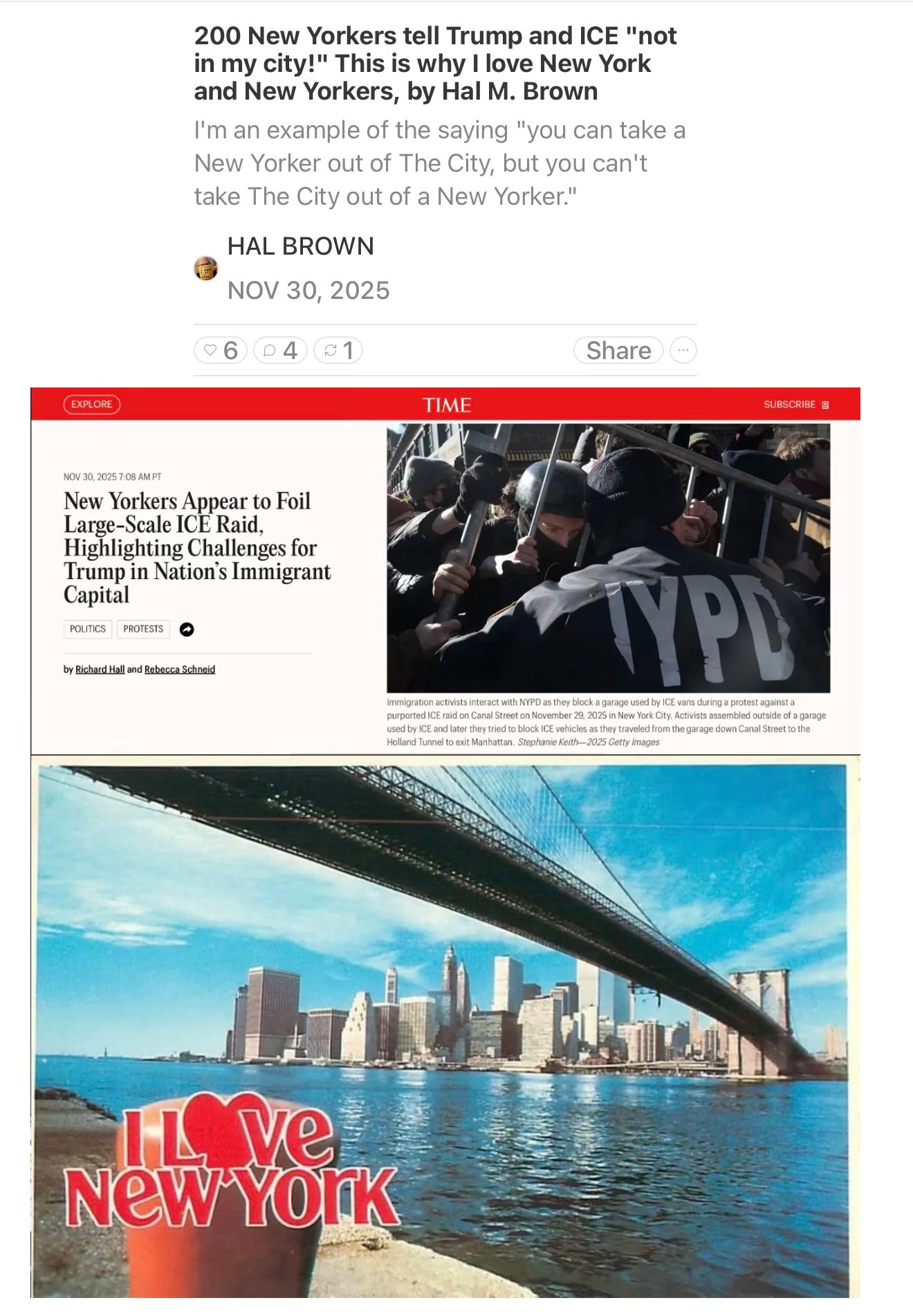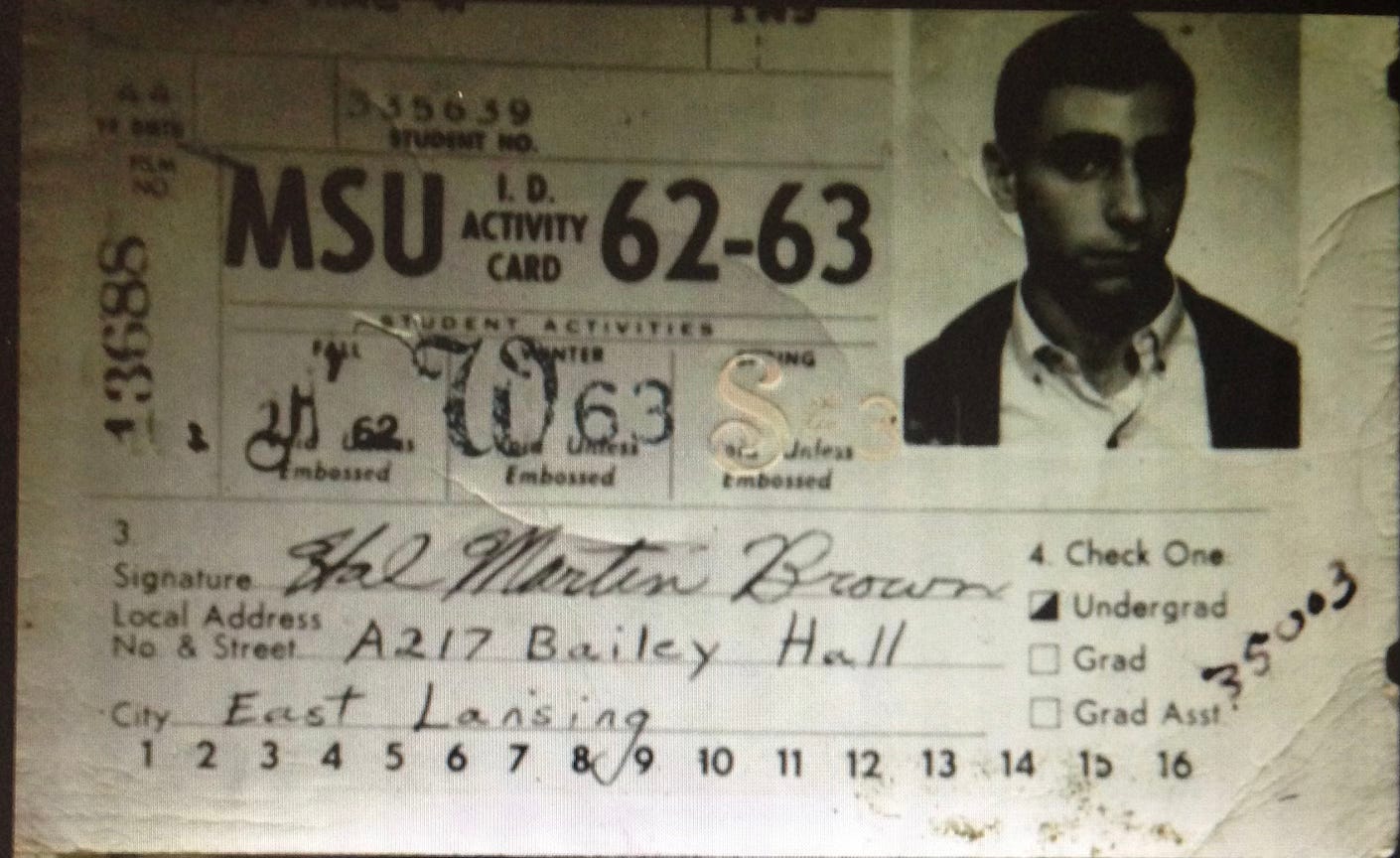Below is my comment to this RawStory article:
Here’s the excerpt which promted me to go to Perchance AI Illustrator and ask for a cartoon of Trump with garbage coming out of his mouth.
But the president’s focus shifted to the reporter in question, and he pointed a finger.
“Hey, you’re going to have to take it easy with that thing,” he scolded. “It’s a government plane, but I like to take care of it.
Trump has repeatedly clashed with reporters in recent weeks, particularly women journalists. About a month ago, Trump snapped at Bloomberg reporter Catherine Lucey on Air Force One after she asked the president about the Jeffrey Epstein files. He responded by calling her a “piggy.”
Just before Thanksgiving, the president also called New York Times reporter Katie Rogers “ugly” in a Truth Social post.
I also put a link to “Sadists ® US: Trump and The Dark Tetrad: t should be obvious that Trump is an example of someone who has all of the traits of The Dark Tetrad: narcissism, psychopathy, Machiavellianism, and sadism.” in my comment
Trump takes delight in cruelly mocking both men and women wh dare challenge his Royal Heinieness. If he gets tumescent being orally obnoxious to men, he gets positively wet when he does it to women.
This is the president who is a role model for these men and millions of others.
The two shown below cheered when he attacked Rep. Omar.
On CNN the man in the Persians for Trump t-shirt was shown pumping his fist above his head for more than five seconds.
These people don’t love him in spite of his being crude, rude and shrewd. They love him because he is crude, rude, and shrewd. I’d say that if he was an ordinary performer he could make a fortune taking his show on the road. Wait… come to think of it is is a performer and he has been taking his show on the road.
For example, in Pennsylvania yesterday, what to us was a cringeworthy performance, delighted his audience,
.
Clicking will take you to all my recent Substacks. They cover all the subjects in my title..



































